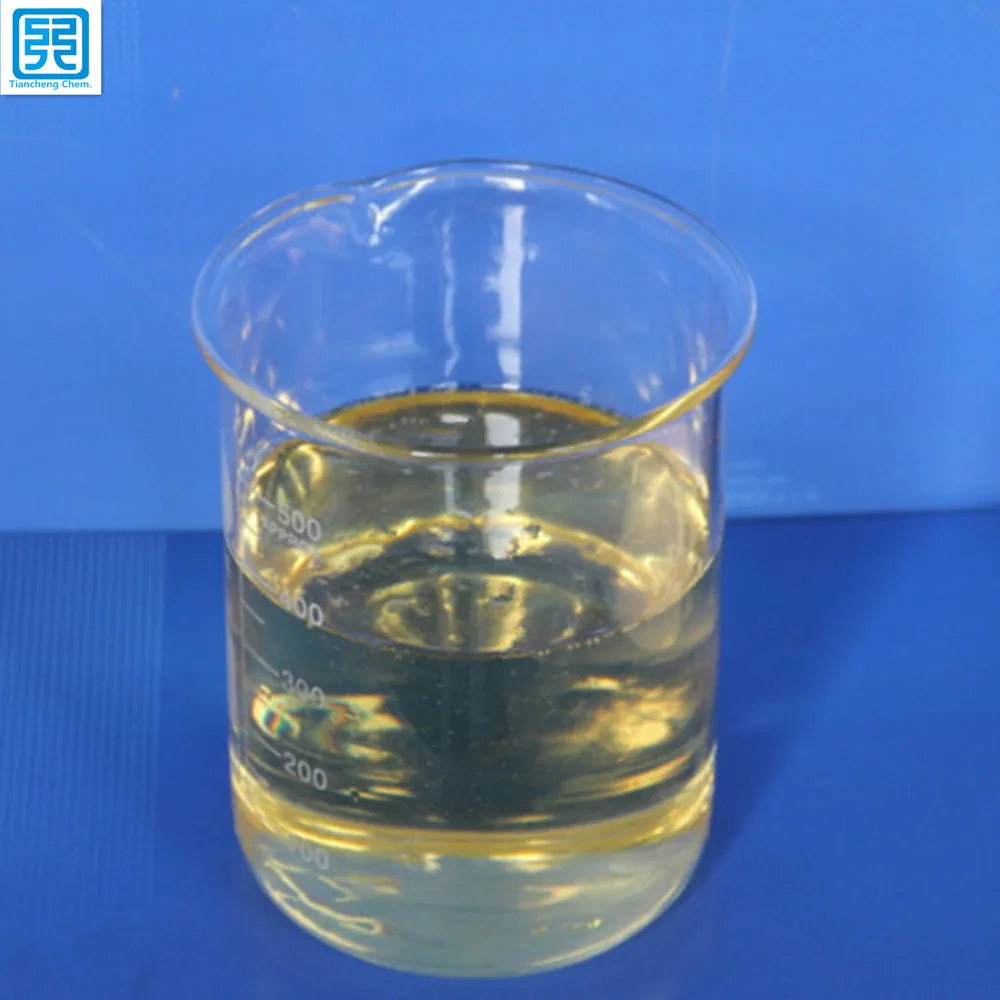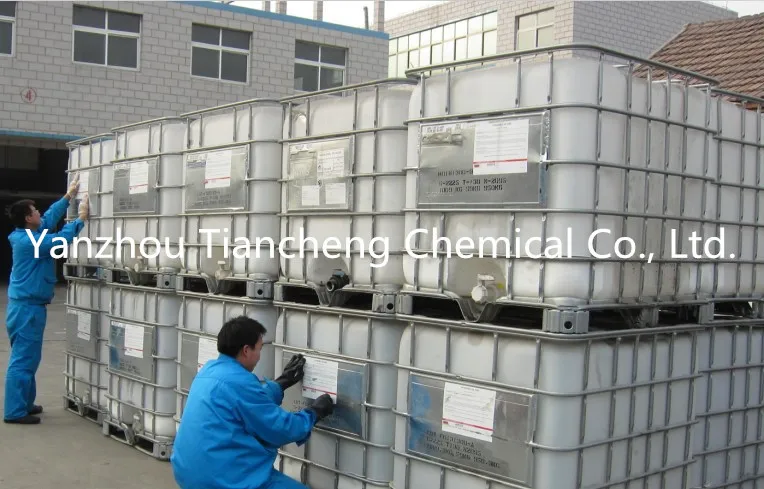The rice anomaly was caused by improper selection of the variety or during the growth and development of rice. It was affected by some unfavorable factors and appeared to be inconsistent with the normal growth of the cultivation target, which seriously affected the yield and quality of rice. Mainly manifested as lodging, premature aging, greed and so on. 1. Lodging is a phenomenon that occurs more often in rice production. The earlier the lodging, the greater the dumping angle, and the more serious the impact on the yield. Cause: lodging is divided into roots and stems. Roots are due to the fact that rice plants are often in deep water, with poor root development, less hair roots, shallow roots, poor root support, and slight wind and rain, which are prone to flat lodging. The other is the stem fall. Because of the low cellulosic content of cells at the base of the stem, the cell wall becomes thin, the cell gap is large, the tissue structure is soft, the stem is not strong, and the weight of the upper part cannot be afforded, and lodging occurs in different degrees. From the perspective of cultivation and management, the reasons for lodging were analyzed. The main reasons included the shallow plough layer, deep irrigation, excessive planting, poor root growth, and poor air and light transmission conditions. The other is improper management of fertilizers and water, one-sided reapplication of nitrogen fertilizer, prolonged fertility during childbirth, and premature closure of the leaf area at the jointing stage to cause premature growth of the stem base. Preventive measures: scientific irrigation, according to the different growth and development of rice water requirements, the implementation of shallow water transplanting, inch moisture, the last drying of the tillering. On the premise of ensuring the water demand, we must also make enough oxygen in the soil to promote strong root growth. Reasonable and sparse, to ensure that there is enough nutrient area underground, there is a certain space on the floor, conducive to air and light. Rational fertilization, do not apply nitrogen fertilizer, increase phosphorus and potassium fertilizer, so that the stalk is full and strong, control the internode elongation, thereby enhancing the ability to lodging. 2. Premature aging Premature aging refers to premature decline in physiological functions of leaves and other parts of the rice at the late growth stage, weakening the photosynthetic capacity of functional leaves, and reducing the source of grouting material, which is one of the major causes of grain failure. Causes: Some plants have premature aging due to prolonged overgrowth. In the later stages of growth, the conflict between groups and individuals is exacerbated, which accelerates the decline of roots and leaves. The other is due to improper management of fertilizer and water in the later period, premature water cutoff, and insufficient supply of nitrogen and phosphate fertilizers, so that nutrient growth of plants cannot be supplemented with nutrients. There is also the poor permeability of the soil, the lack of oxygen and toxic reducing substances, so that late rice root development, weakening the ability of the roots to absorb nutrients and cause the aboveground growth and weakness. Preventive measures: scientific management of water, in order to improve the water temperature, after the full panicle to the filling period, shallow water ground irrigation, warming and promote cooked. Milk to yellow ripening should be intermittent irrigation, increase the ventilation of the soil, enhance the vitality of the roots, and protect the leaves. Rational fertilization, due to the late entry, the physiological function of the leaves weakened, to prevent mid-term defermentation. In the later period, it is necessary to apply granulated fertilizer to improve the photosynthesis ability of the leaves. 3. The organic nutrients produced by the leaves of glutinous rice during the later period of fertility remain in the vegetative parts, showing a clear love bud. In particular, nutrients such as leaves and other vegetative organs were slowly transported to the panicle during grouting, resulting in a reduction in the 1000-grain weight and an increase in the rate of emptiness. Causes: Affected by factors such as low temperature, cold damage, and soil drought, normal growth and development are hindered, reproductive growth is postponed, and nutrients cannot operate on reproductive growth on time. Photosynthesis intensity and light hours are not enough, but also increase the degree of greediness. The amount of nitrogen fertilizer is too much or the application time is late, and the vegetative growth is too prosperous at the later stage. It is also prone to greediness. The number of plantlets planted on a unit area is too large, the air and light conditions are not good enough to cause the stems and leaves to be too luxuriant, and it is easy to produce symptoms of greediness. Preventive measures: Scientific irrigation, prevent drought. Proper close planting to avoid over-implantation, affecting ventilation and light transmission, leading to leggy plants. Nitrogen fertilizers should be supplied in a timely manner according to the time and amount, and should not be too much to prevent overgrowth of plant nutrients and greediness.
Curing Agent
â… Product Composition: polydadmac
â…¡ Product Properties
The appearance of this product is colorless to pale yellow viscous liquid. It is soluble in water. It has goodhydrolyticstability and high adaptability to PH value changes. It`s safe and non-toxic. Its freezing point is about -2.8℃, specific gravity is about 1.04/cm3 and decomposition temperature is 280-300℃. It`s polymeride AKD maturing agent of high charge density. Emulsion provides strong cationic component promotive and protective agent and promotes curing effect. This product is added directly into the synthesis process of intermediates or added a certain ratio in emulsion. This product can be added more in the papermaking system with heavier anionic trash, as the pulp potential equilibrium to play a dual role of sizing enhancement and forcing ripening.

III. Quality indicators;
Appearance: colorless to faint yellow thick liquid Solid content: 40±1%
PH value: 4.0~7.0 viscosity (mpa.s, 25℃): 7000-12000

IV. Application:
This product is applied in alkaline sizing system of AKD (Alkyl Ketene Dimer) to restrict largely the hydrolysis and migration aptitude of AKD. [The third generation" AKD is mainly used for the making of multipurpose duplicating paper filled by precipitated calcium carbonate. 60% cationic polymer can adhere to the fiber after the paper containing cationic polymer being reused, by which enhance hydrophobicity of the paper. Added to waste paper deinking agent, its cationic hydrophilic group adheres to ink particles easily, especially for hydrophobic aniline ink. After flotation, the whiteness of pulp increased. This product is also applied as cationic surfactant in pitch control agent for pulping.
Curing Agent,Poly Dadmac,Paper Curing Agent,Adhesive Curing Agent
Shandong Tiancheng Chemical Co., Ltd. , https://www.tianchengchemical.com

